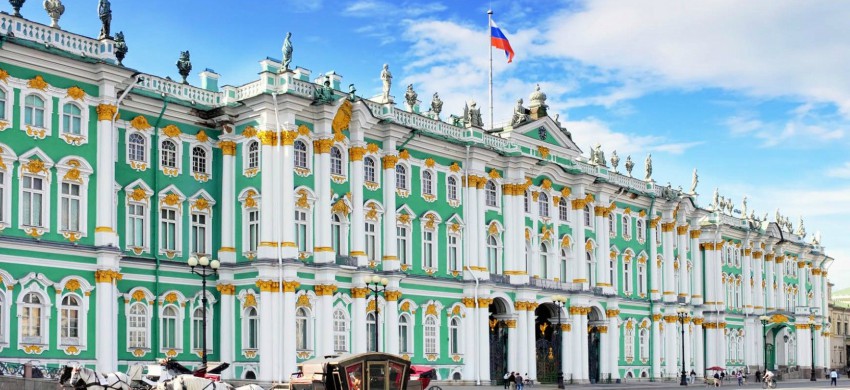



The Hermitage, officially the State Hermitage Museum (in Russian: ГоÑудаÌÑ€Ñтвенный МузеÌй Ðрмитаѕ??, Transliterated: Gosudarstvennyj Muzej Ä–rmitaž), is located in Russia in Saint Petersburg, on the most important collections of the Art Palace world; the building was originally part of the imperial palace which for two centuries hosted the families of the Tsars Romanovs, until 1917, the year of the beginning of the October Revolution.
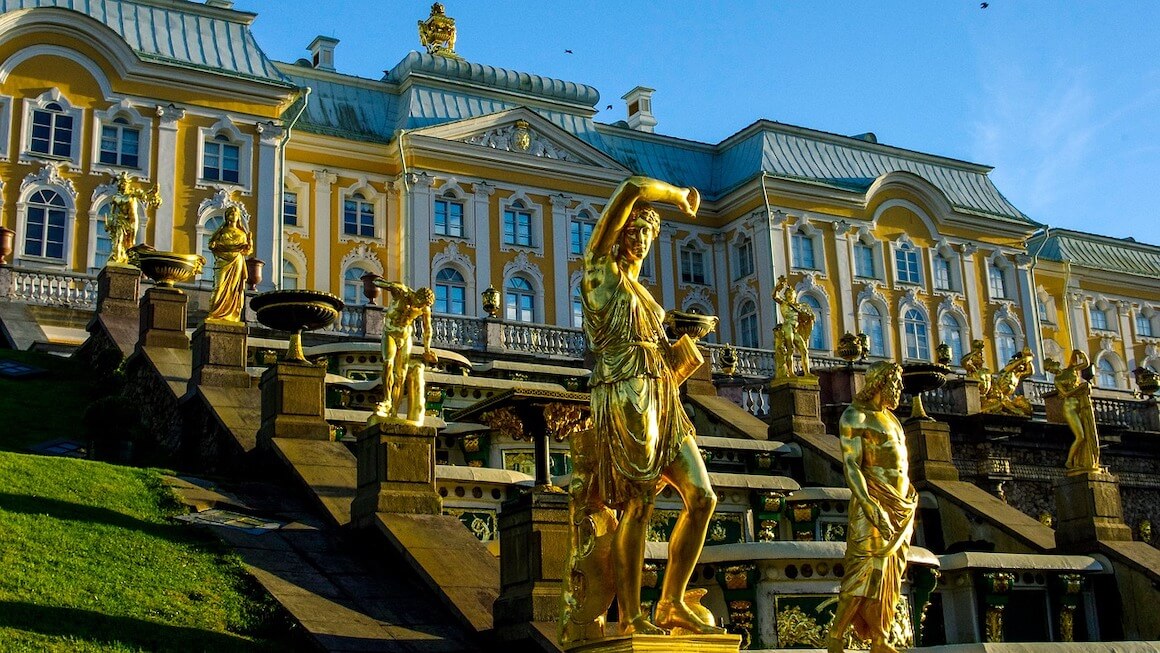
It is one of the most visited art museums in the world.
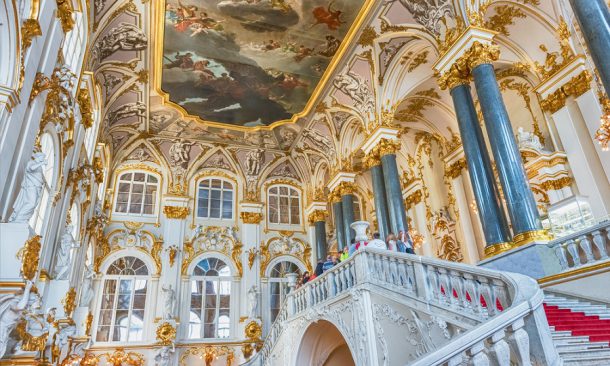
The museum displays works by numerous authors, including Caravaggio, Paul Cézanne, Giambattista Pittoni, Leonardo da Vinci, Raphael, Antonio Canova, Francesco Casanova, Jacques-Louis David, Edgar Degas, Paul Gauguin, Fra Filippo Lippi, Henri Matisse, Claude Monet, Pablo Picasso, Pierre-Auguste Renoir, Rembrandt, Vincenzo Petrocelli, Pieter Paul Rubens, Tiziano Vecellio, Vincent van Gogh, Jacob van Ruisdael, Diego Velázquez, Paolo Pagani.
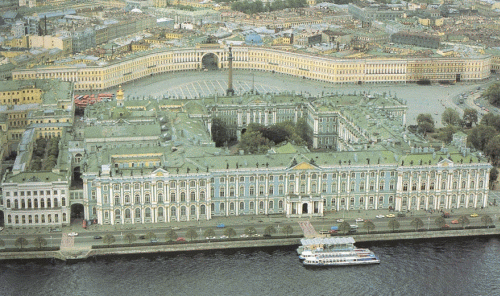
The name of Ermitage indicates the architectural complex which includes various buildings built between the eighteenth and nineteenth centuries:
the Winter Palace (1754-1762), designed by Bartolomeo Rastrelli
the Little Hermitage (1764-1775), work by Jean-Baptiste Vallin de la Mothe and Jurij Velten
the Great Hermitage, also called Old Hermitage (1771-1787), designed by Jurij Velten
the New Hermitage (1839-1851) made by Leo von Klenze
the Hermitage Theater (1783-1789), designed by Giacomo Quarenghi.

The Winter Palace was born as an imperial residence. Erected for Tsarina Elizabeth of Russia, it was completed only after her death. Catherine the Grandela was the true creator of the museum. Next to the Winter Palace, in order to escape the bustle of the court, in 1764 the Tsarina wanted to have a small refuge built and gave it the charming name of Petit Ermitage (from the ancient French hermit, from the Latin hermit, from the Greek hermits).

In the small Hermitage, Caterina willingly left herself surrounded by works of art that she was buying on European markets; originally only a few privileged people were admitted to the rooms. Subsequently, the collection grew dramatically and it was necessary to build other buildings in order to host it; hence the name Hermitage went to indicate the whole complex of the five buildings listed above.
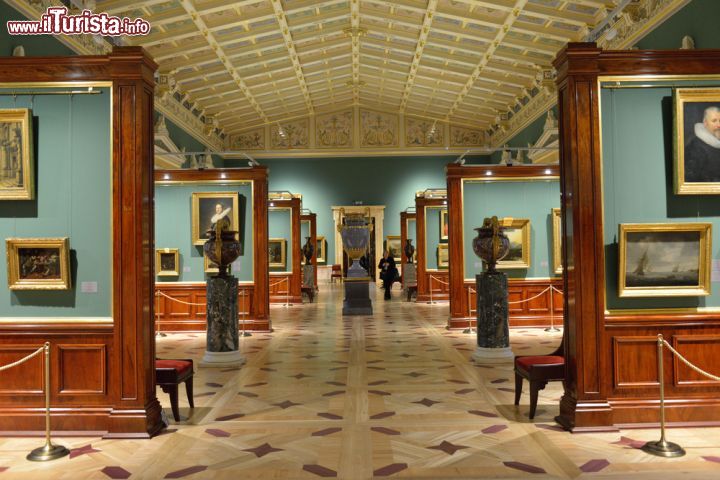
Today the Hermitage museum extends well beyond these five buildings, also occupying a part of the General Staff Palace, always on the Palace Square, the Menshikov Palace, the Porcelain Museum at the Imperial Porcelain Manufactory, the permanent exhibition at the palace of Strelna, the depot of Staraja Derevnia, which takes its name from the metro station.
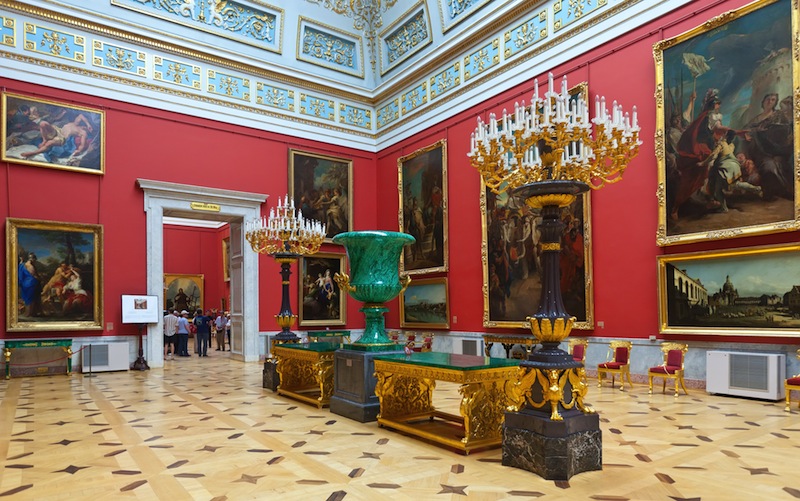
There are also offices in other cities, both in Russia, Kazan 'and Vyborg, and abroad, in Las Vegas, Amsterdam, London and Venice.
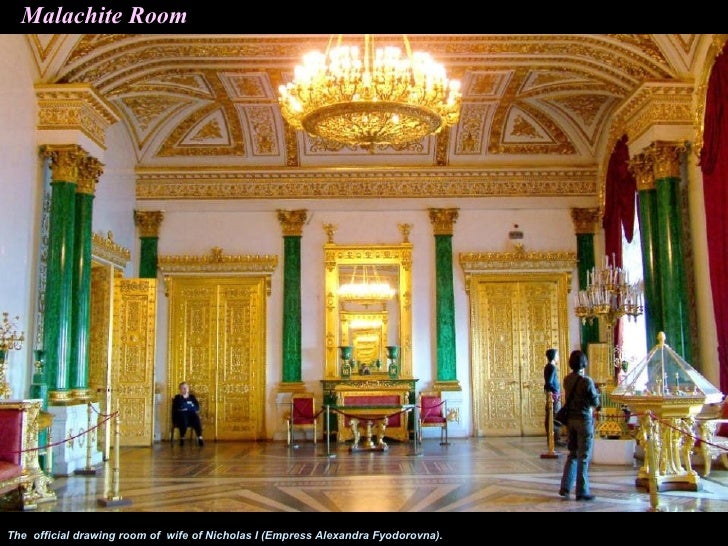
The latter is part of the project called Ermitage Italia which led to the opening in the city of Venice of a research and study center aimed at cataloging the Italian works of the Hermitage.
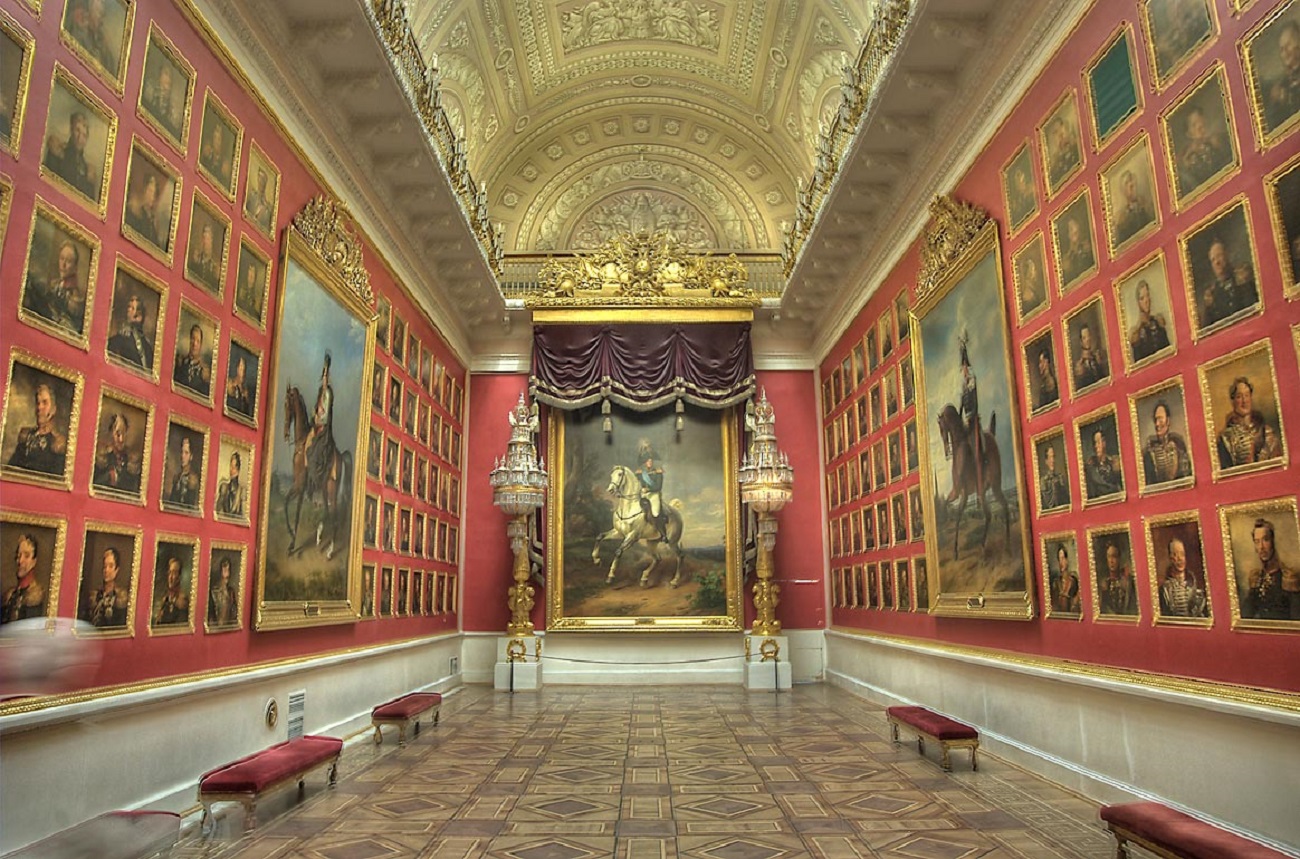
State Hermitage Museum
Address: Palace Square, 2, St, 190000
Phone: +7 (812) 710-90-79
Site:
https://www.hermitagemuseum.orgLocation inserted by
Luigi de Marchi